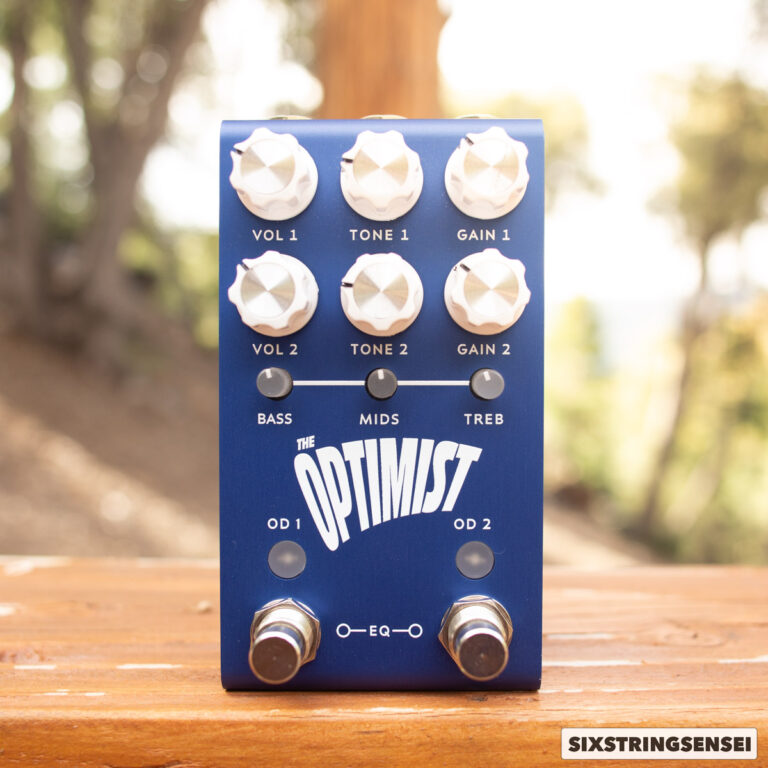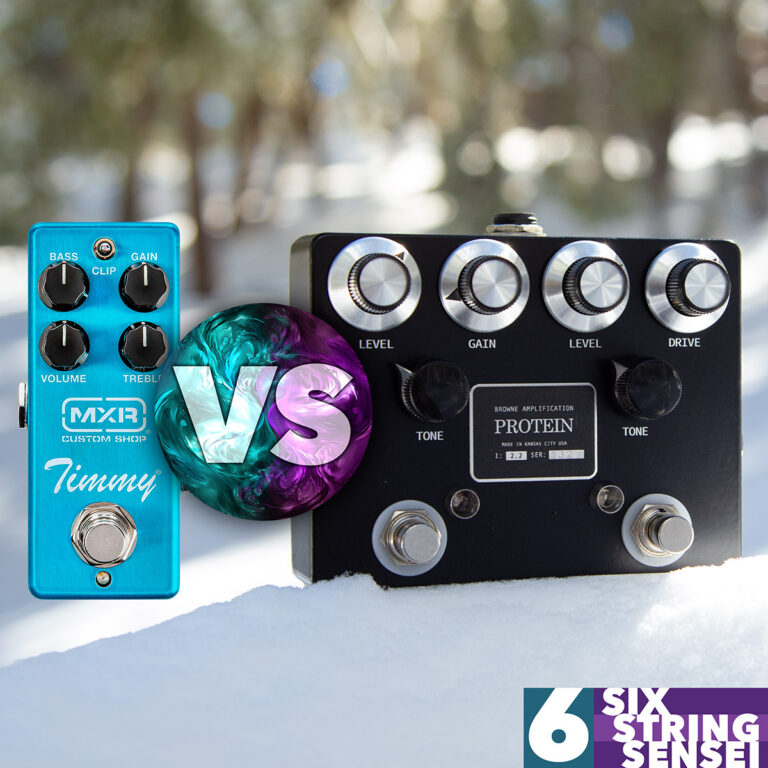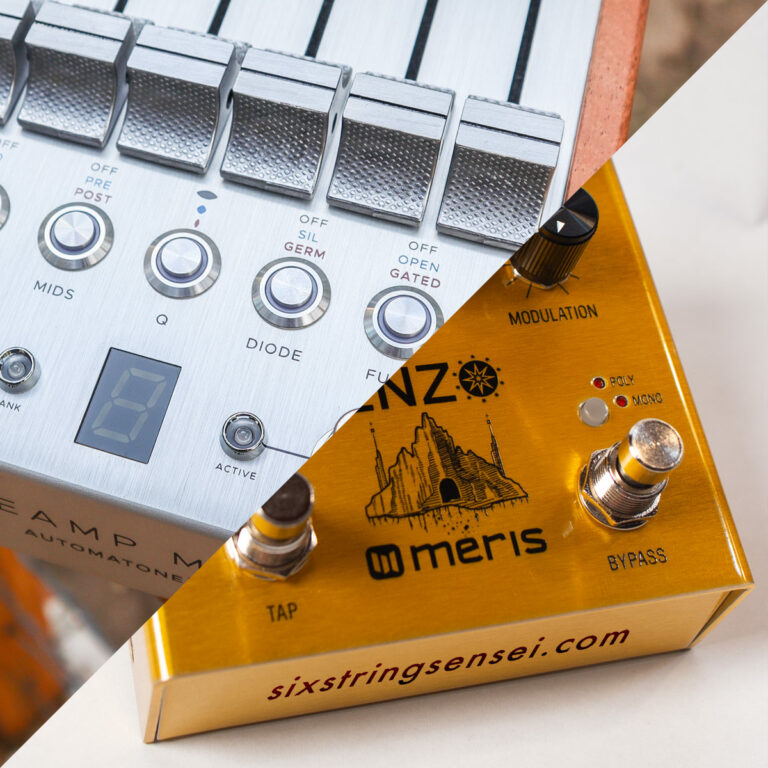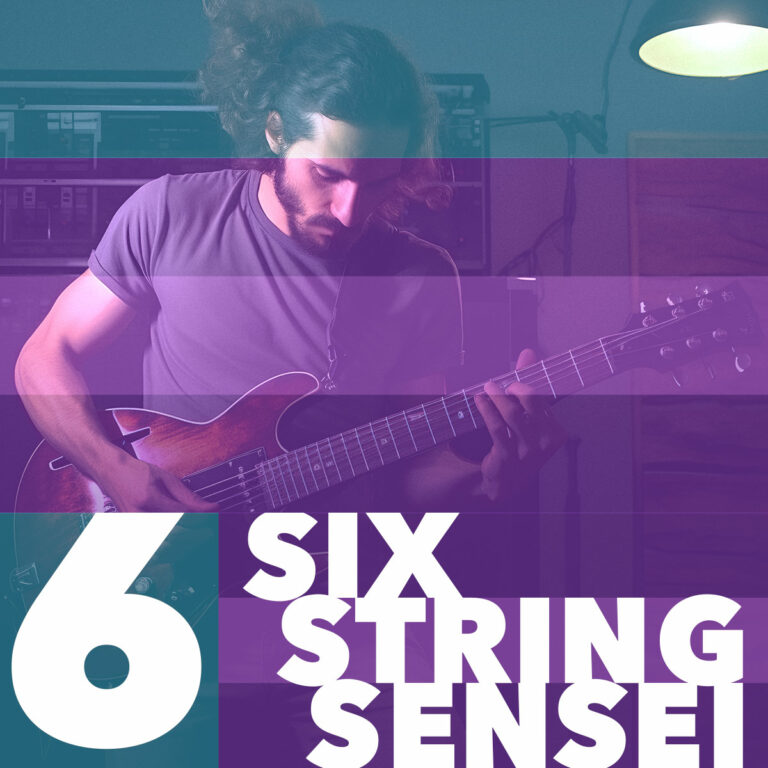The Mighty Reverb Pedal – Guitar Effect of Springy Goodness
A few days ago I wrote a column about the best distortion pedal so I thought I should follow suit with a reverb pedal piece. Yes, I could’ve have written about wahs, or delay pedals and what not, but I chose reverb for a number of reasons.
First of all, who doesn’t like reverb? Umm, let me rephrase that cause I know a lot of you don’t. We all know only Dick Dale likes reverb. Who doesn’t think reverb can be useful? I guess that’s a better way of making my point. The fact that so many guitarists’ pedalboards have some kind of reverb unit in them must point to something. The fact that so many online guitar forums have undoubtedly an array of threads about the best reverb pedal should also prove the point… The reverb pedal is an important guitar effect for many musicians… although maybe not you.
Reverba-what!?
Now, let’s quickly break this down for the newbies. (Everyone else, please bear with me.) What’s a reverb pedal? You should probably know what a guitar effects pedal is, so I’m not going to go there, but the reverb effect is simple. The term reverb comes from reverberation and it’s basically replication of the sound of a room. In other words, when you make music inside a room, the room echos (or reverberates) the sound back at you. Since the sound waves are like an echo, but much faster and bunched up together, the inherent echo is called reverb as it sounds completely different than when you yell at a mountain hoping to hear yourself again.
Reverb is added to a guitar sound oftentimes to make the tone of the guitar sound richer and fuller. Instead of sharp cut, in-your-face notes you get the different tones blending together a little more. Reverb gives a guitar a sound of “bigness” and width. However, depending on the type of music, you either want it or not. If you do need some, you’re either going to want a little, a tad bit more or all out reverb saturation. For example, you’re not going to find reverb in the heavy riffing of James Hetfield in most Metallica songs (maybe ever so slightly). But during Kirk’s solo lines you’ll be able to hear a healthy dose of reverb along with the usual delay effects. If you listen to any blues or jazz, you’ll hear a lot more reverb in that type of guitar playing, not to mention surf rock which is probably the most heavily reverb-ridden music of all time.
Types of reverb pedals
There are various types of reverb effects, such as spring, plate, hall and a long list of others. Guitar reverb pedals basically emulate the sound of these types of reverb, which in turn are also trying to emulate a real sound. Let me break it down this way: Spring reverb, for example, is a type of analog reverb effect commonly found inside many Fender and Mesa Boogie amplifiers. The unit consists of real springs inside a metal case. This unit produces the distinctive “spring reverb” sound. But in essense, all these units came about by trying to replicate the sound of real reverberation of a room. When a guitar reverb pedal is emulating a spring reverb unit, it is essentially emulate another emulation. Get it?
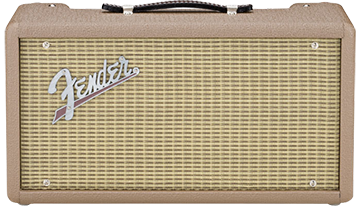
On top of that, guitar pedals emulate real sounds in two different ways, either analog or digital. Analog pedals have usually been more popular than their digital counterparts because they are regarded as sounding sweeter and more natural than digital reverb. Famous analog reverb pedals include famous units like the Electro Harmonix Holy Grail Reverb. It is safe to say that digital reverb units are actually catching up with some of the analog units because some newer designs actually sound pretty good and convincing. Purists will still argue that nothing beats a the sound of a real tube-driven reverb unit such as a classic early 1960’s Fender reverb unit, which by the way has been reissued by Fender as the “Vintage Reissue ’63 Tube Reverb” you can see to the right. Check it out at the Fender website here.
Many amplifiers these days are showing up in music shop shelves with integrated digital reverb units. And I’m not talking about the cheap amplifiers that come with multi-effects. I’m talking about well-regarded mid-level amps such as the Egnater Rebel 30. These reverb units are pretty convincing and sound quite well. I still wouldn’t claim the digital reverb unit inside my Rebel 30 can even compare to the spring reverb unit in my Mesa Lonestar, but admittedly it still sounds quite well. But when you simply don’t have an amp with reverb, or just don’t care for one, a reverb pedal is simply hard to beat.
Some good examples…
The best way to find your “best reverb pedal” is to try a bunch of them to see which you like best. However, I’ll mention a few popular ones that are a good place to start:
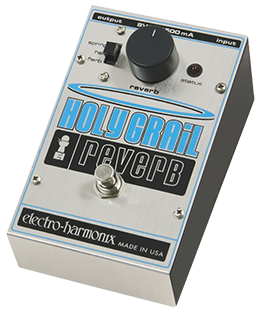
Electro Harmonix Holy Grail – The basic Holy Grail has been around for ages. It’s simple and it does the job. It has one big knob to dial in the amount of reverb and a little switch to change between spring, hall and flerb (reverb with flanger) sounds. Some people love it, some people hate it, but the bottom line is it’s a mainstay in the guitar world. The EH guys also make a Nano version of it and also a bigger unit with more features called the Holy Grail Plus.
Even with the high popularity of the Holy Grail, over time there have been a few units that have become more popular. Here’s one great example…
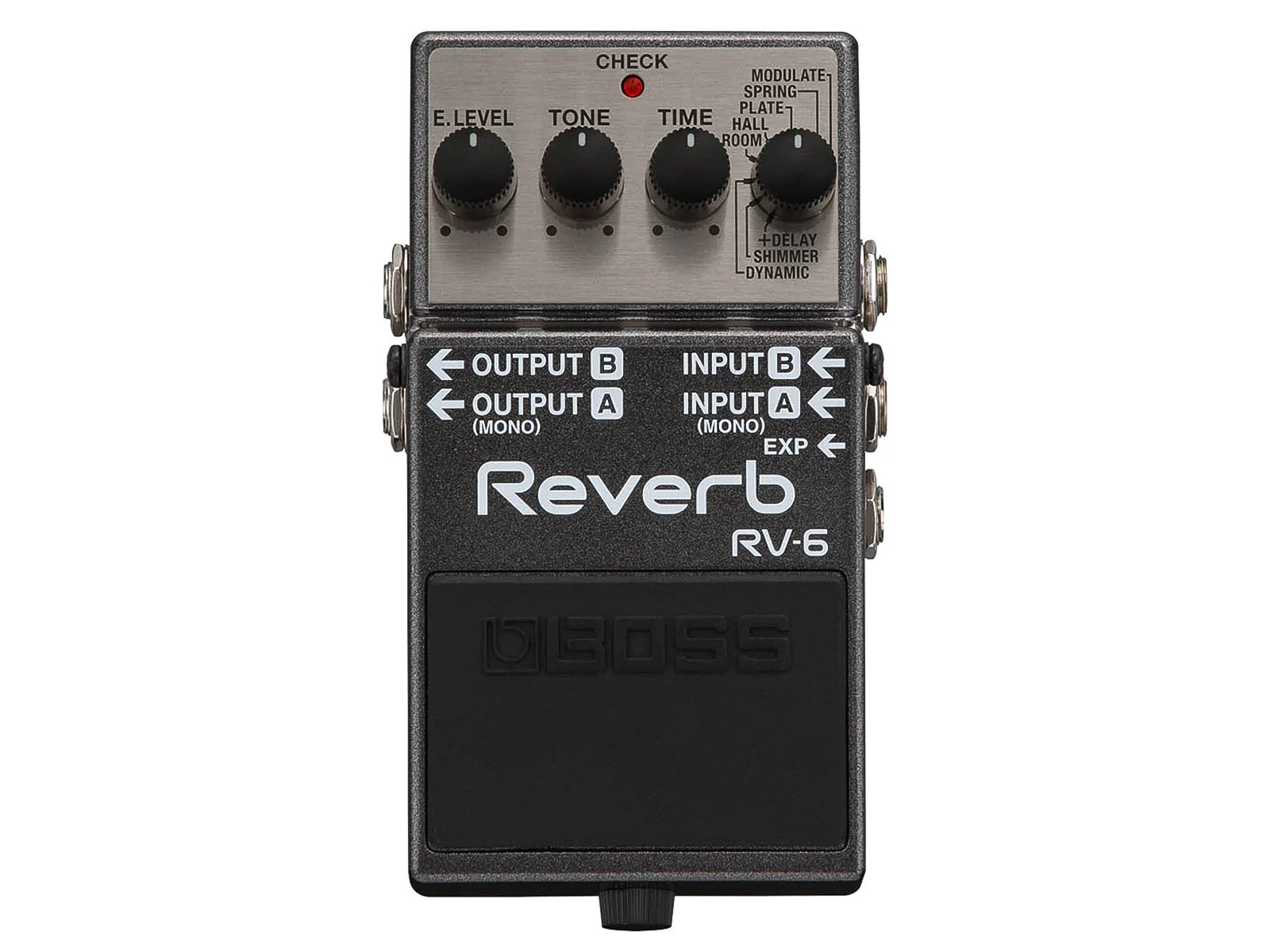
Where to Buy – Recommended: Boss RV-6 Reverb
There have been many popular reverb pedals throughout years. I can definitely recommend the Boss RV-6 Reverb. This current reverb is one that stands out because it sounds amazing and it doesn’t break the bank. Additionally, it has been out long enough to be proven by many, but not too long where it has aged too much. If you read the reviews about the Boss RV-6 Reverb you will see why it’s so popular.
Hardwire RV-7 Hardwire Stereo Reverb – If you read my distortion pedal feature, you’ve probably heard me say that I like the Digitech Hardwire line. This pedal is no exception. The reverb effects are all digital but they are powered by Lexicon and actually sound really good. It has lots of good useful choices of effect variations in there. I’m not so sure about the reverse reverb effect on there but the others are VERY useful.
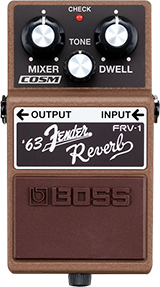
Boss FRV-1 Fender Reverb – This pedal is somewhat newer at only a few years old. It’s a collaboration between Fender and Boss and it’s meant to emulate the sound of the ’63 Fender Reverb unit mentioned earlier. It’s become a very popular pedal in the last couple of years with raving reviews all over the place. It obviously sounds really good and is one of the best looking reverb pedals out there.
As with any other type of guitar effects pedal, there are tons and tons of options out there. What might sound bad to someone else might actually be really good for you. Do your homework, read the reviews online, and most importantly go out and try a few. Buy one. If it doesn’t work out, sell it! Keep trying new pedals and experimenting. Odds are, you too can find your holy grail!

